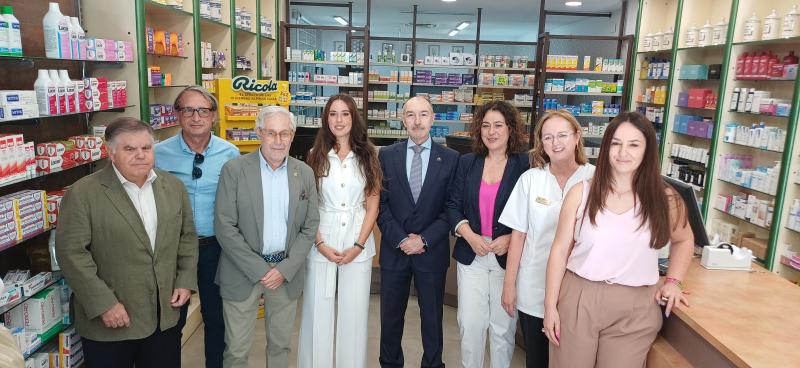Zaragoza.- The concerted electronic recipe of MUFACE is already used today in Aragón. One mutualist from Zaragoza, another from Huesca and another in Teruel were the first to access their drugs through this system. In this way, Aragon becomes the eleventh autonomous community in the implementation of this service, after Asturias, Canarias, Cantabria, Castilla-La Mancha, Extremadura, Galicia, Illes Balears, La Rioja, Navarra, and Murcia, in addition to the autonomous cities of Ceuta and Melilla.
The implementation of this service benefits a total of 28,215 concerted option mutualists from all over Aragon, of which 20,366 correspond to Zaragoza, 4,140 to Huesca and 3,709 to Teruel, according to data corresponding to September 8, since they vary depending on the incorporation of new teaching mutualists and other bodies of the General Administration of the State, which occurs in the month of September.
From today, beneficiaries will be able to purchase their medicines through the electronic prescription in any pharmacy in their autonomous community and also in the autonomous communities and cities in which it was already operating.
In Zaragoza, the act of the first dispensation was attended by the government delegate, Fernando Beltrán, the provincial director of MUFACE, Leticia Díez, the president of the College of Pharmacists, Raquel García, the vice-president of the College of Physicians, Alfredo Pérez Lambán, and heads of Asisa and Adeslas, Alejandro López and José María Sebastián, respectively.
The government delegate congratulated all the teams that have intervened to make this system a reality today in MUFACE, and thanked the collaboration deployed so that the concerted option mutualists benefit from the electronic recipe, especially those living in rural areas. “We must congratulate ourselves because it has been a well-designed process that works,” he said.
The provincial director of MUFACE stressed that the implementation of the electronic prescription in Aragon is a project that has as its center the mutualists, to which they are going to reduce trips to the doctor and waits.
Leticia Díez thanked the work carried out in conjunction with the professional associations and insurance companies, without which it would not have been possible to carry it out. He also pointed out that the electronic prescription only has advantages: it improves the control of drug spending, eliminates bureaucracy for doctors and pharmacists and, in addition, it is sustainable “because it avoids travel to users and eliminates the role of prescriptions, one of the most bulky budget items of MUFACE”.
MUFACE’s SIREM concerted e-prescription project ensures greater agility, safety and traceability in the dispensing of medications. In the 13 territories in which the e-recipe already works resides a mutualist collective of concerted option of 287,880 people who join the 573,693 who already enjoy it in the public option throughout the country.
